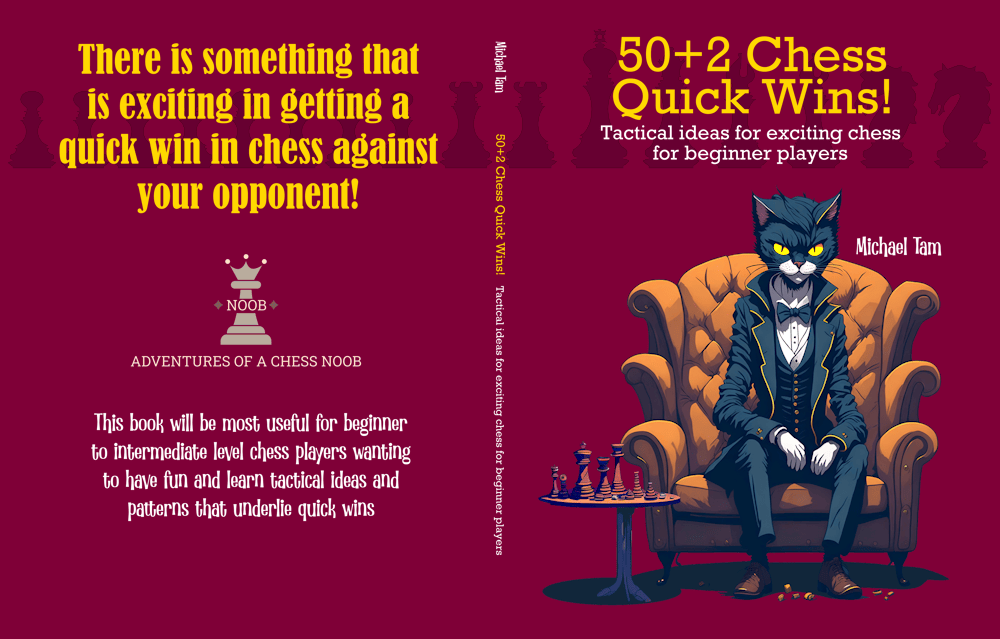
2 Games 2 Wins! Scotch Game: Steinitz Variation
#ScotchGame #SteinitzVariation
Ever since I discovered the Steinitz Variation line of the Scotch Game, I’ve looked forward to facing against the Scotch with Black! At the time of this article, I’ve played a total of 8 games of the Steinitz Variation and thus far, I’ve won ALL the games! I don’t think this is a fluke!
Apart from winning, the Steinitz Variation has resulted in exciting and interesting games. This article and video cover the most recent two Steinitz Variation games. In both, I don’t play the most accurately and, in both games, there were times where my opponent was potentially winning according to the engine.
One of the themes of the Steinitz Variation is that a big and rapid attack can take place against the opponent’s king and king-side. In the first game, I make a miscalculation when being overly aggressive with the attack and effectively lose a piece. However, the consequence of the failed attack is that my opponent’s king is substantially weakened on the king-side with no pawns left as defenders. I set a trap for my opponent, trading a bishop for a knight, but my goal was actually to open up the f-file. And then the final move which I thought was very clever – short castles with check! This completely turned the game around, from [+3] to almost [-6] and my opponent immediately resigned.
In the second game, my opponent is again overwhelmed by the rapid attack. The Stockfish evaluation is quite interesting as it indicated that my opponent had a completely winning advantage after I castled queenside. However, this advantage was mostly through an engine line that isn’t the most obvious to see where I would lose one of my pieces. In the game, the four attacking pieces (queen, knight, the bishop pair) overwhelmed my opponent with the complexity. In their final move, they advanced their knight with an attack on my queen, seemingly forcing a favourable knight trade [14. Nf4]. However, they forgot that that knight was the only effective defender of the g3 pawn with the pawn on h2 pinned to the king – hanging a mate in 1. Knight captures pawn [14… Nxg3#] – checkmate! Good game.



